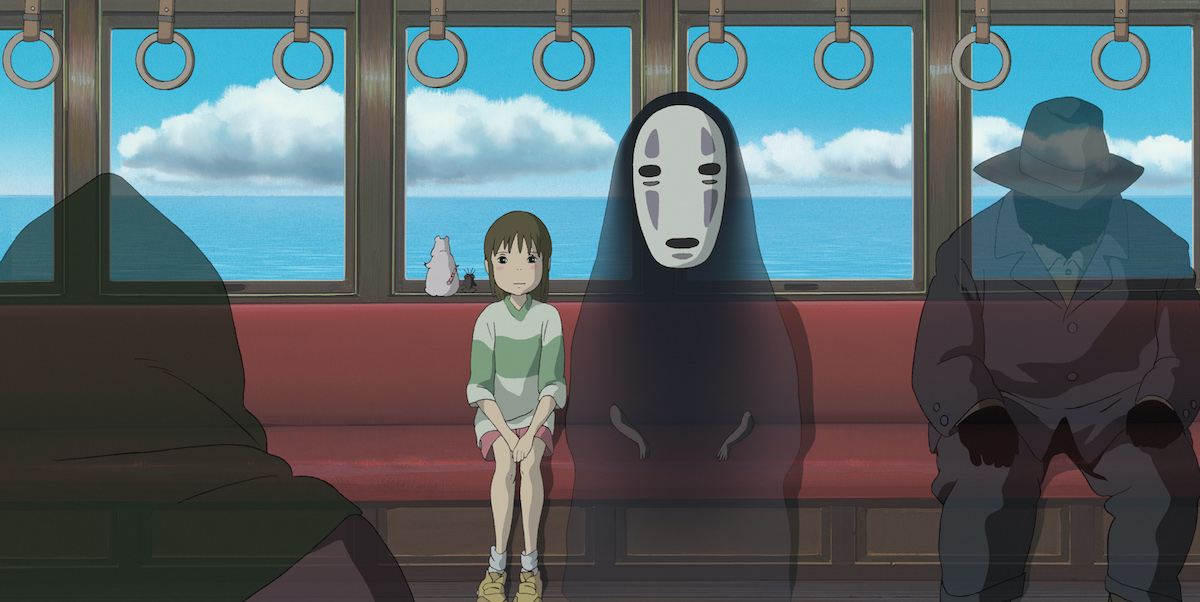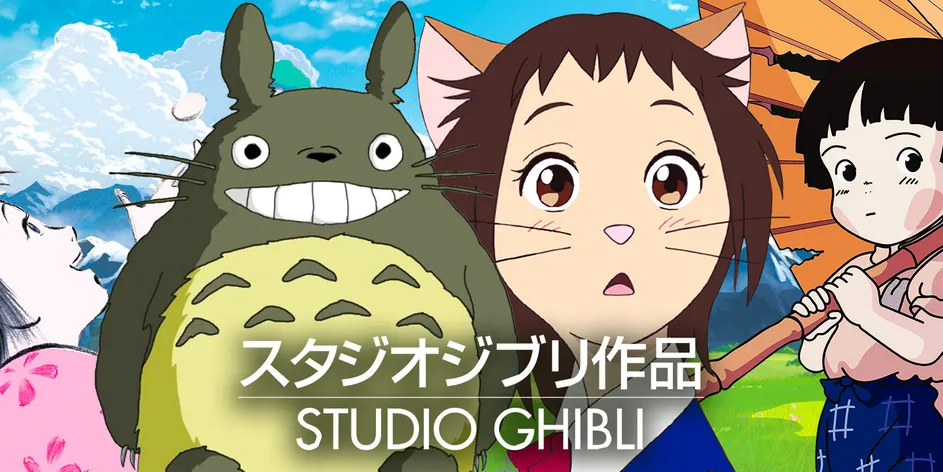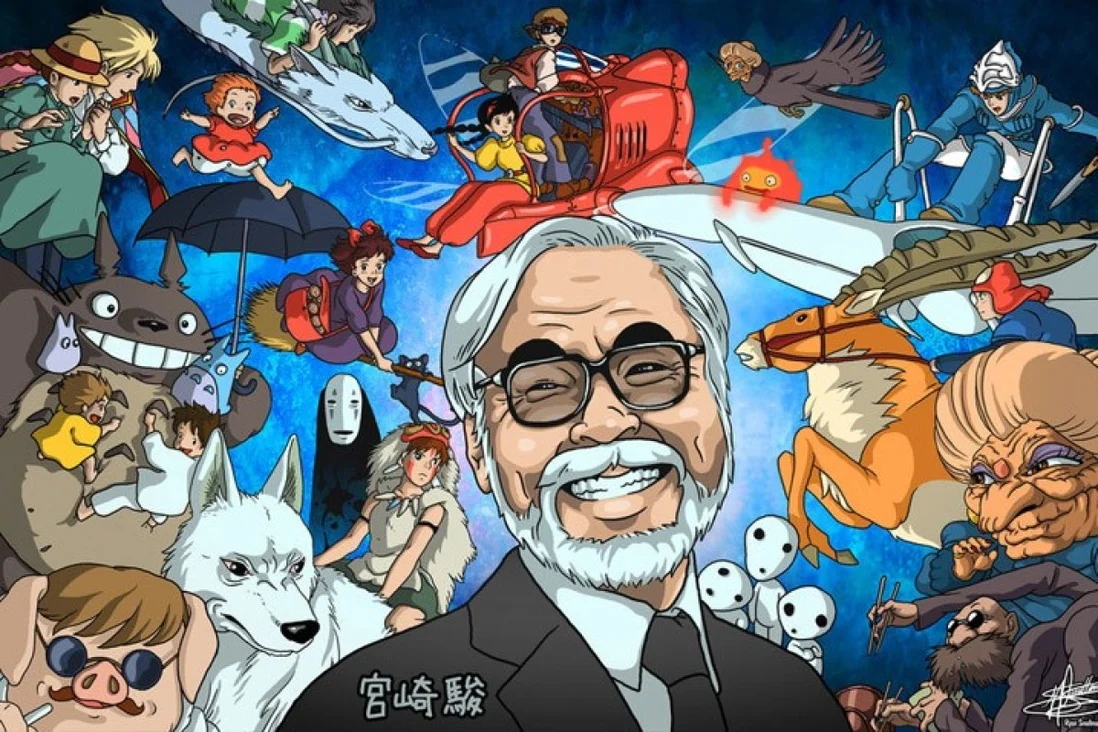By Maria Papagiannopoulou,
Without a doubt, Studio Ghibli’s films are works of art. They offer a culture that values rigor and silence while also acknowledging the difficulties and difficulties that are ineluctable aspects of human nature. The videos explore real-world issues that have the potential to stoke heated arguments and leave viewers reflecting on their own lives. Most significantly, one can discover a unique aspect of themselves in their simplicity and childlike character. Despite the fact that certain films are aimed at kids, they do not sugarcoat problems, suffering, illness, or feelings of hatred.
In fictional and frequently fantastical stories, they depict real life in an approachable way. Studio Ghibli demonstrates how genuine artistic expression may be found in life’s little pleasures and sufferings. Ghibli’s animations are able to affect spectators in a certain way because of characteristics like their art style, simplicity, tempo, and rawness of the characters.
Ghibli’s films are notable for their simplicity, which enables viewers to connect with the characters and their universe. Films from Studio Ghibli are set in a real environment and depict daily life. For instance, in Up on Poppy Hill, the audience is taken to a small town where they meet a high school student who volunteers to support her single mother. The difficulties of daily existence are seen through her eyes, including cooking, sleeping on a hard floor, raising the flags, and visiting the fish market. Additionally, even though the artwork is hand-drawn and not as technologically sophisticated as the most recent Disney Pixar movies, its simplicity conveys a sense of coziness and offers a glimpse of Japanese culture. Similar to this, viewers, are drawn into Shizuku Tsukishima’s world in the touching movie Whisper of the Heart. The real world and bustling Tokyo make up this small and straightforward universe. Ghibli’s depiction of the world is endearing and relatable despite the absence of fantastical elements and computer-generated animation; Western spectators are left wondering if Tokyo truly looks that way.
Implicitly and hard effort go hand in hand because one realizes that hard labor is a necessary aspect of life through simplicity. The concept of hard work is prevalent in Studio Ghibli films and is frequently represented by physical labor, academic pursuits, and employment. The films can be more accessible to the audience and demonstrate the significance of perseverance in Japanese culture by emphasizing work ethic.

The fourteen-year-old Shizuku Tsukishima from Whisper of the Heart is one of the best illustrations of a strong work ethic and perseverance. Shizuku comes to the conclusion that being “someone” in order to be good enough for Seiji after meeting the aspirant violinist Seiji that it is not enough to just read books all day. She is motivated to create a story by Seiji’s work ethic and his ability to make her consider her future. The spectator can sense how essential hard work and story writing is to Shizuku through her many restless nights, struggles in school, and nervousness. Despite their dedication and persistence, Shizuku and Seiji come to the same realization that they need to dedicate more time to developing their writing and violin-making skills.
Even though the rewards of hard work are frequently shown at the end of films, Whisper of the Heart shows that perseverance and hard work are ongoing and that one should constantly strive to improve.
In addition, Spirited Away highlights the significance of work ethics in Japanese culture. The fanciful movie Spirited Away takes viewers to the realm of spirits in a bathhouse. Chihiro, a young girl who is depicted as cowardly and a crybaby, develops her character and toughness through hard labor.
Chihiro must put in a lot of effort not only to satisfy Yubaba and the spirits but also to save her parents. Her name needs to be kept, thus she must work hard. Through Chihiro’s tears, struggles, and the agonizing scene of her accepting her fate while sobbing and eating rice balls, the movie conveys to the audience what hard work looks and feels like through animation. Chihiro changes from the girl who entered the mysterious bathhouse through struggle and perseverance, but she kept her name. Chihiro, a fictional ten-year-old girl, expresses issues and anxieties that can be identified with.

Similar to Shizuku and Chihiro, most of the characters in Studio Ghibli’s films are so realistic and real that the viewer can instantly identify with them. When Marnie was there, for instance, features an introverted character named Anna who has asthma and finds it difficult to fit in. She is looking for a loving family. The spectator sees the yelling, crying, vacant faces, and flushing, which is a very raw depiction of emotions. For instance, the scene in which Anna tears a hole through her sketchbook while uttering the words “I hate myself” is a potent illustration of the loss of self-worth, melancholy, and guilt that many people experience at various points in their lives.
It is a genuine and relatable feeling despite being quite strong and bordering on aggressive. Anna aspires to have a family, friends, and acceptance, and to be a “normal” person, as do most individuals. What makes Anna’s narrative so moving is that she demonstrates that even if there may not be a villain, overcoming negative emotions like guilt, alienation, and melancholy may be much more satisfying than defeating the terrible dragon.
The duration of Studio Ghibli’s films is a factor in how completely realized and authentic the characters are. The movies produced by Studio Ghibli are lengthy for animated movies. Studio Ghibli’s films frequently feature stretches of silence or slower picturesque landscapes with minimal dialogue or action. Despite the fact that these scenes may seem trivial or slow, they allow for character development and the amplification of any dreams or emotions the characters may be experiencing, such as feelings of loneliness, wonder, or dread. The spectator has the opportunity to reflect alongside the characters and experience their emotions during these quiet times. These moments both showcase the beauty of a slower-paced life and serve to remind the audience of the value of calm in today’s hectic environment.
References
- The Magic and Artistry of Studio Ghibli’s Films. the-artifice.com. Available here




